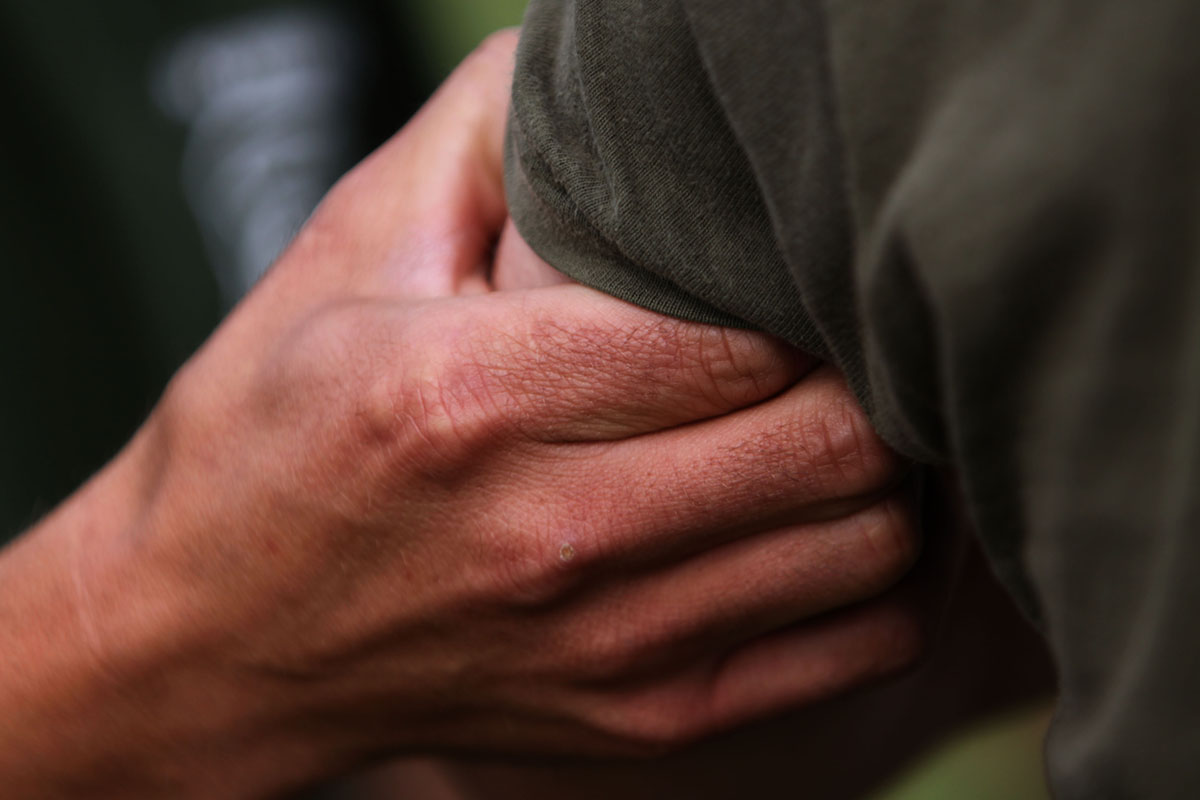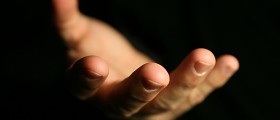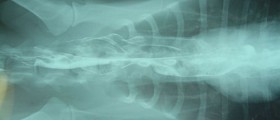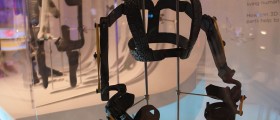
In this text, we will focus on the symptoms caused by muscular dystrophy. The most common problems experienced are coordination loss, muscle weakness, loss of joint mobility and crippling, which grows into muscle fixations in the joint area. This condition creates very diverse problems, which depend on the variables such as age. One type of muscle dystrophy possible is dystrophinopathy, created because of the protein dystrophy's genetic defect. A bit more benign condition is Becker's muscular dystrophy usually created in earlier period of life and it can produce problems with walking, though they are usually felt in the later period of life. The condition grows and progresses over many decades and after some period of time real problems are felt.
Duchenne's muscular dystrophy is a very serious condition, and the most common problems associated with this condition are larger calf muscles, waddling gait, repetitive falls, problems with standing up while sitting or lying down, leg muscle weakness and very rarely, mental retardation. This condition usually affects the upper arms or legs and pelvis, and it develops during the second or third year of life. Walking is extremely impaired during teen age, and most of the patients die by the age of thirty. Condition named myotonica dystrophy produces problems with relaxing and stiff muscles. Some of the most common symptoms of this condition include dizziness, muscle weakness, voluntary muscles' weakening, breathing muscles' weakening, weakening of muscles in the digestive tract or uterus, loss of hair, diabetes and sleeping problems. If children develop this condition, which is extremely rare, symptoms like sucking, breathing, swallowing problems, extreme muscle weakening and cognitive impairment are likely to occur.
Next is the facioscapulohumeral muscle dystrophy. This condition creates problems with feet, face, abdomen, lower arms, face, pelvic region, and upper arms muscles. Sticking out of the shoulder blades is evident when patients suffering from this condition, raise their arms. There are many other types of muscular dystrophy. Some are distal muscular dystrophy (affecting the feet, hands, legs and forearms muscles), limb-girdle-muscle dystrophy (affecting hip and shoulder muscles) congenital muscular dystrophy (occurring even at birth and producing joint deformity and weakness of the muscles in general) and many other. Oculopharyngeal muscle dystrophy first starts with eyelids dropping, and it is followed by eye muscle weakness. If you see your child is having problems with walking or running, visit to the doctor is advised. If a child is suffering from muscle dystrophy walking problems should be evident at the age of 12. Problems connected with muscles and motor abilities may suggest muscledystrophy.

















Your thoughts on this
Loading...